NEW YEAR, NEW TRAVELS
Often overlooked as a top-travel destination, South Korea is steeped in stunning vistas, cultural landmarks, and an opportunity to travel back in time to explore the country’s imperial past.
From witnessing Gyeongbokgung Palace’s changing of the guards’ ceremony in the cosmopolitan capital city of Seoul to mandarin-picking in Jeju, here are ten reasons why visiting South Korea does not need to wait. Except, if you don’t count the mandatory 14-day self-quarantine upon arrival in the country.
Rich History
Exploring local culture provides the most worthwhile travel experiences. Luckily, Korea has a long history lasting more than five millennia, and their preserved, unique identity will leave you with countless choices. With the vibrant historical value in each of the country’s unique cities, touring the country will convince you that there’s more to it than Kimchi and K-pop – and that instead, an abundance of magical encounters await you.
Civilization on the Korean peninsula dates all the way back to 4,000 BC, when the verdant and mountainous landscape was home to tribes. Over the years, the tribes evolved and developed into kingdoms. Now, the region’s history can be identified by the rule of each kingdom, which presently allows us to enjoy countless palaces, temples and royal tombs, some of which make up a total of 14 UNESCO world heritage sites.
Ancient Palaces, Shrines & Temples
Time travel is no stranger to the plains of South Korea. Once you step out of the modern neighborhoods, you are bound to stumble across a fragment of the country’s rich and glorious heritage left behind.
Ancient and grand architecture dots the cities in lush examples, but a great (and essential) way to familiarise yourself with the history is to start in the Korean capital for six centuries – Seoul. I recommend visiting Jogye Temple, The Blue House, Gyeongbok Palace, Insadong, Bugak Skyway, Bukchon Hanok Village, and Myeongdong.
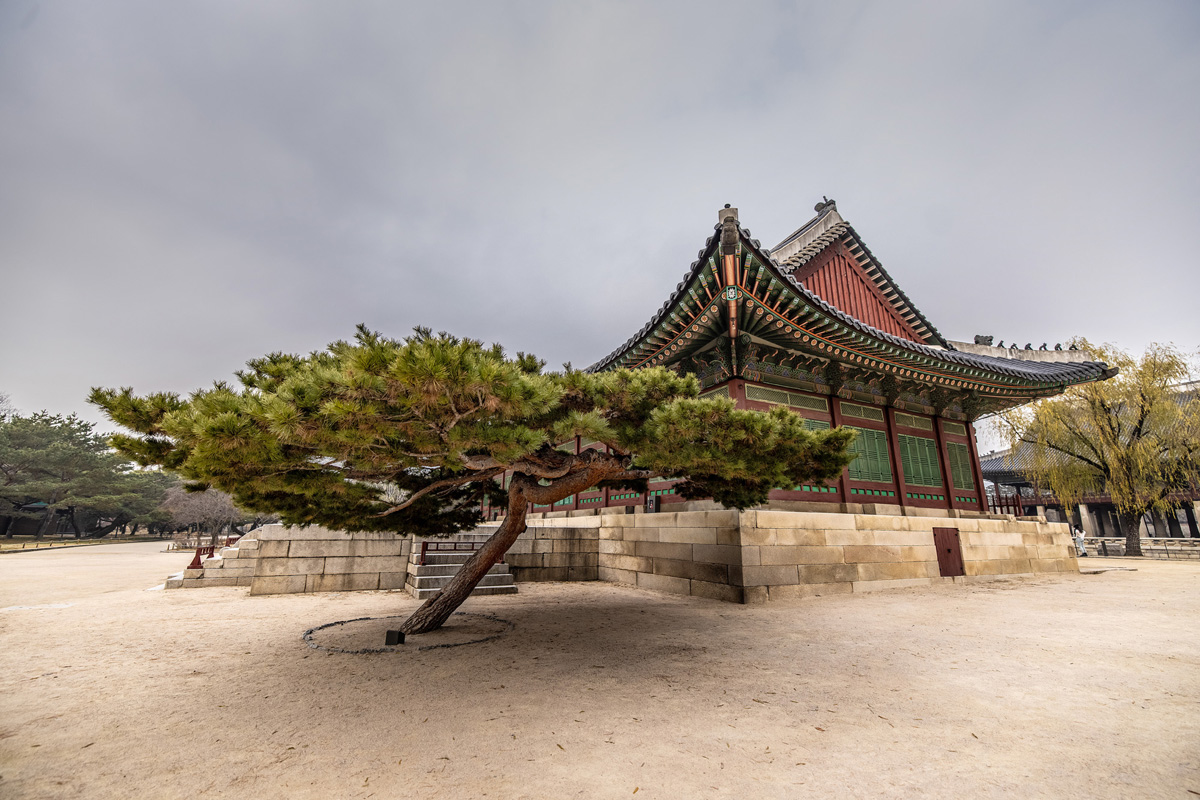
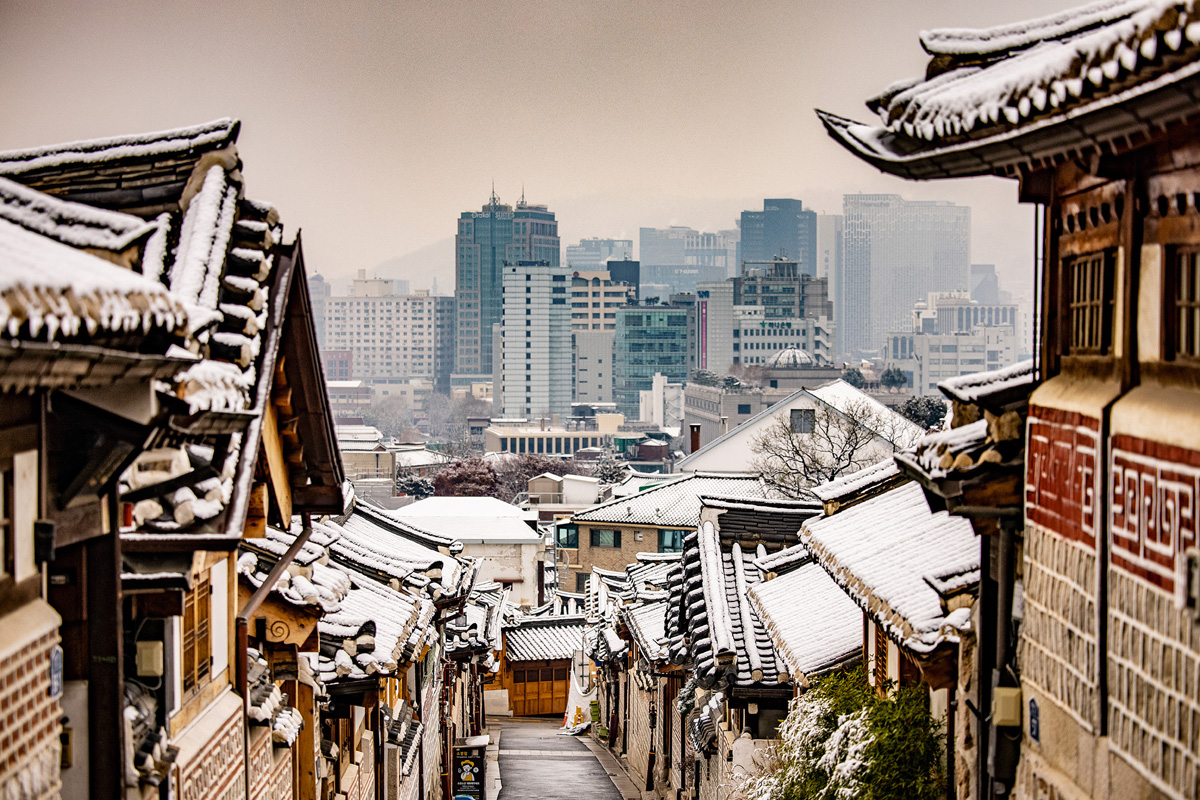
Gyeongbokgung Palace’s Changing of the Guards’ Ceremony
Once you have visited Gyeongbok Palace in Seoul, an event you would not want to miss is the changing of the guards’ ceremony.
Originally built in 1395 at the heart of the newly appointed capital of Seoul (then known as Hanyang), the largest of the five grand palaces served as the main palace of the Joseon Dynasty. During the Joseon Dynasty, the royal guards were responsible for guarding and patrolling the gates of the capital city and the royal palaces. Today, this long-living honorable ceremony takes place twice a day in front of Gwanghwamun, the main gate of the palace – at 10 a.m. and 2 p.m. (except on Tuesdays). A must-witness!
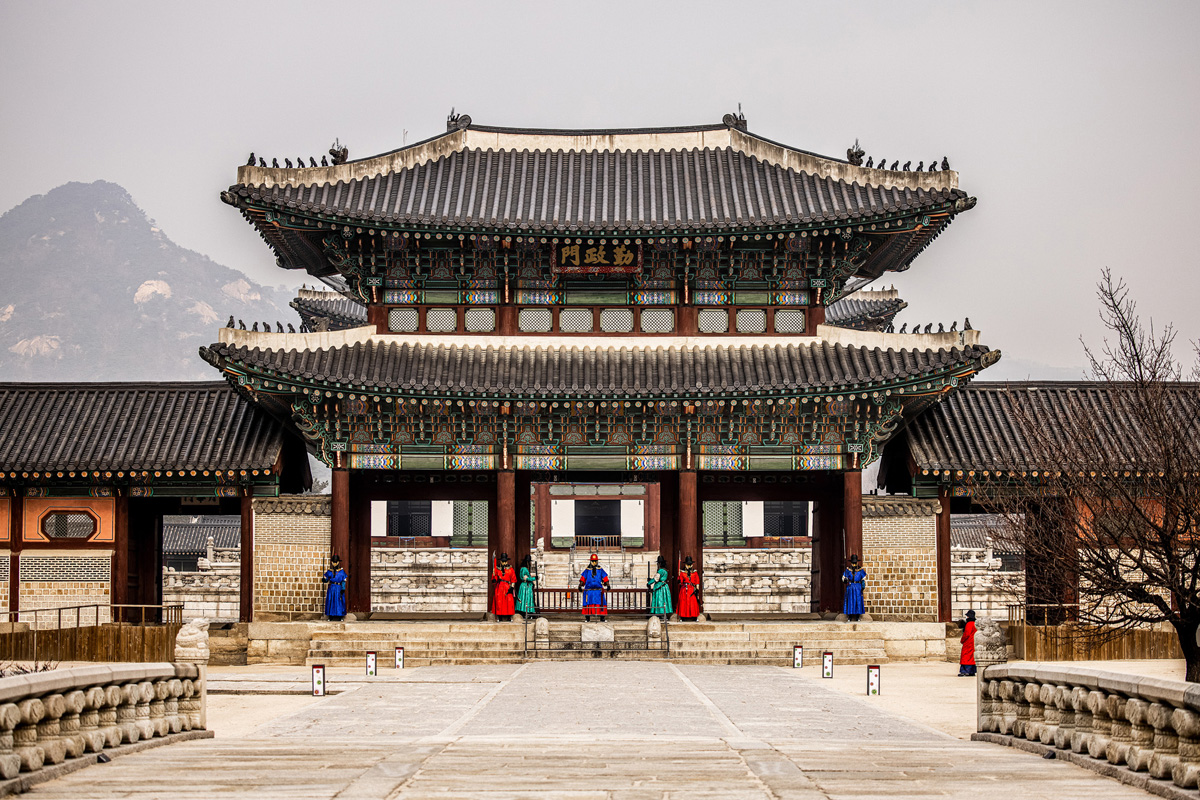
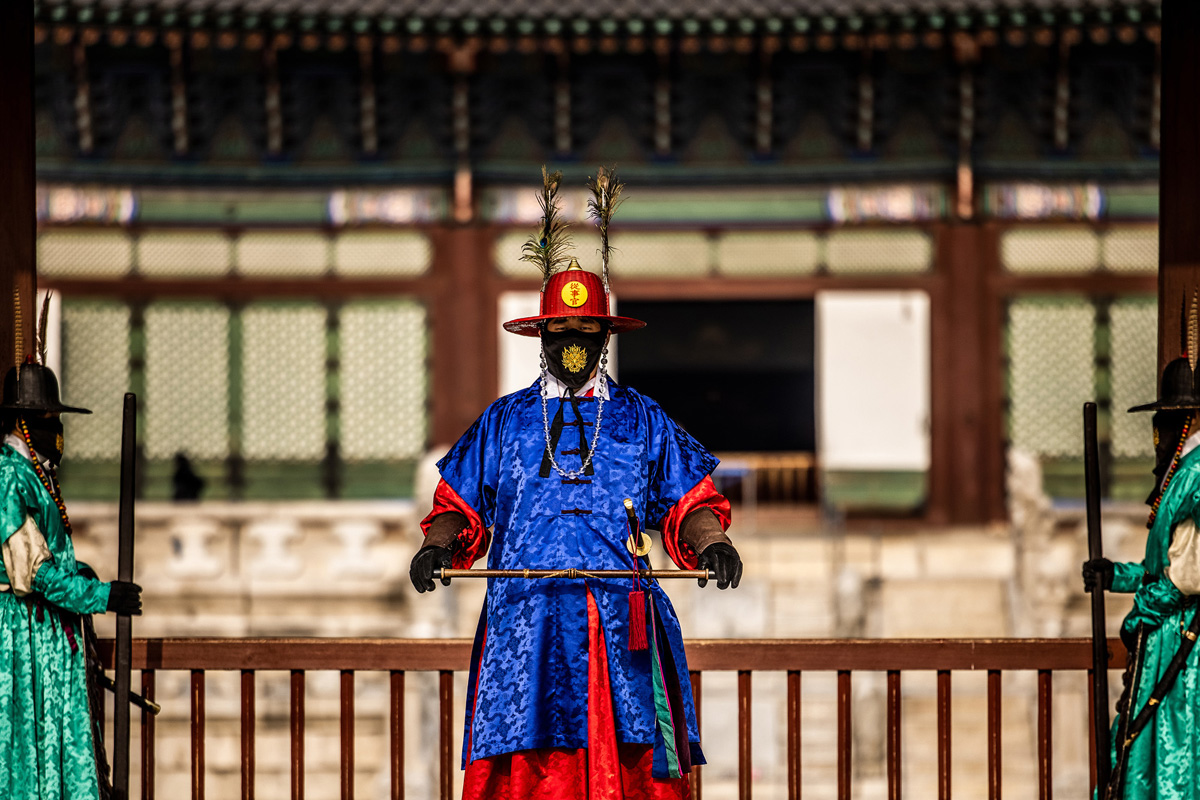
Buddhism and Bulguska Temple
Throughout the centuries, Buddhism served as a foundation of Korean ethics and offered the country’s citizens a more complex understanding of the universe. Accompanying the religion were physical manifestations of people’s devotion. Grand temples and pagodas appeared along with the paintings and statues of the Buddhist pantheon across the land.
Located on Mount Toham in the coastal city of Gyeongju is a Buddhist architectural jewel of the Silla Kingdom (57 BC – 935 AD). The head temple of the 11th district of the Jogye Order of Korean Buddhism, the Bulguska Temple, simultaneously encompasses a gift of the ancient kingdom’s golden age, as well as six national treasures – the Dabotap and Seokgatap stone pagodas, Cheongun-gyo (Blue Cloud Bridge), and two gilt-bronze statues of Buddha. The temple and nearby Seokguram Grotto with its huge seated Buddha statue is recognized by UNESCO as a World Heritage Site.
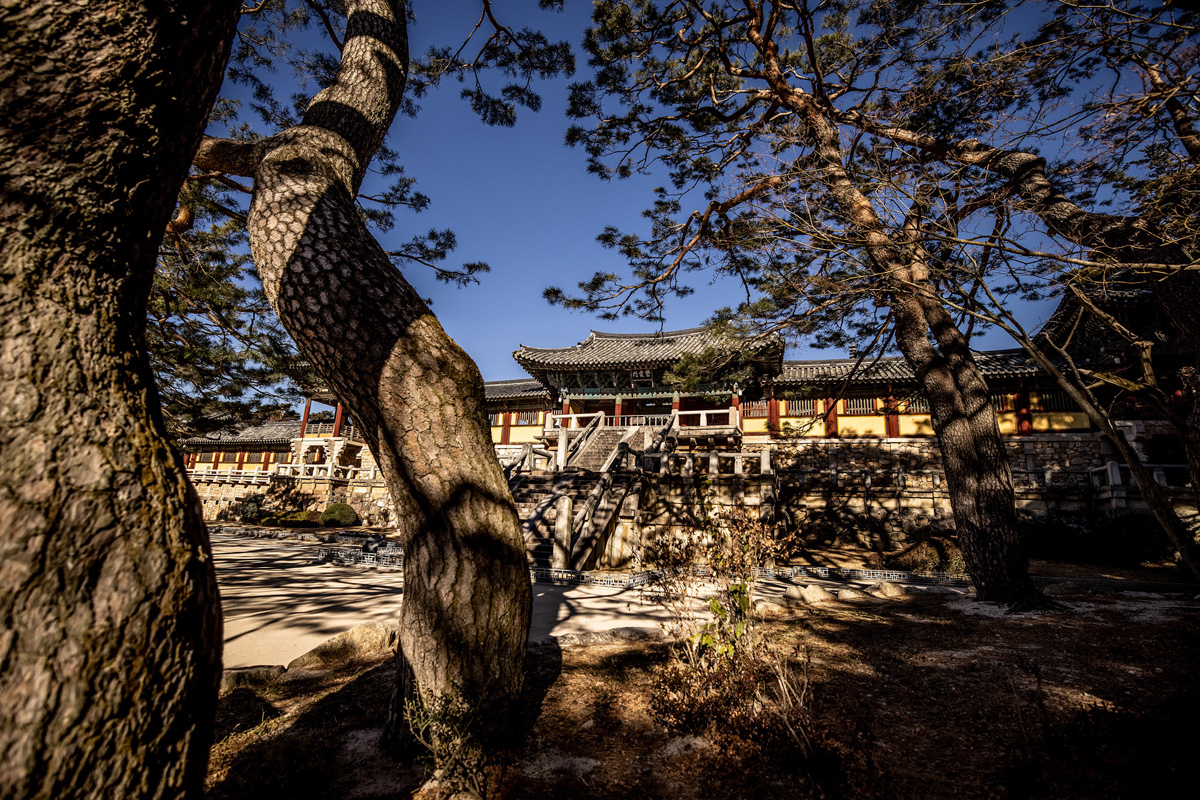
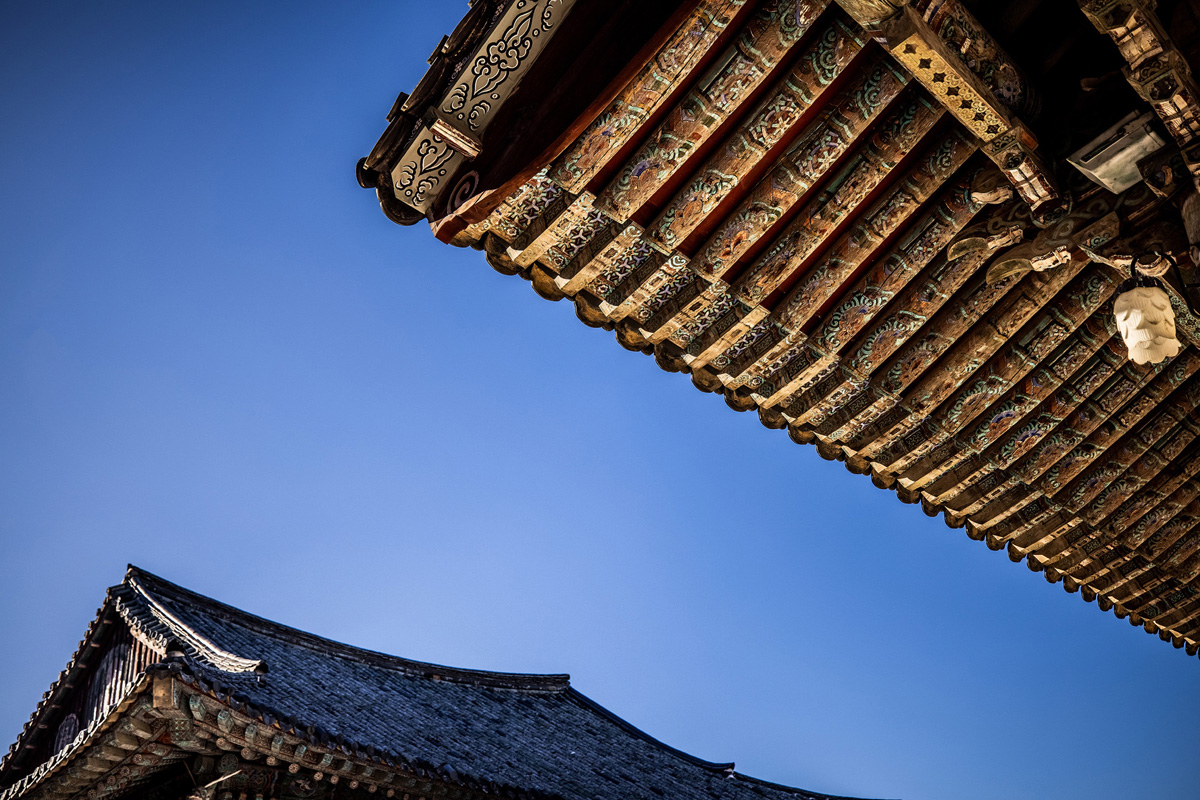
Traditional Street Food Markets
There’s no culture without food, and no food without culture. Food is often known to operate as an expression of cultural identity – and that’s undoubtedly the case in South Korea.
You’ve probably heard of Kimchi (fermented vegetables) or the Korean BBQ, but that’s only the tip of a remarkably-flavored iceberg. Before we even get to the food, let’s talk about where to get it.
Conveniently located near the urbanized Haeundae Beach, Busan, one of the country’s most popular beaches, the Haeundae Traditional Food Market is the perfect place to experience authentic Korean culture firsthand with the help of super-street vendors – through an abundance of sights, scents and flavors.
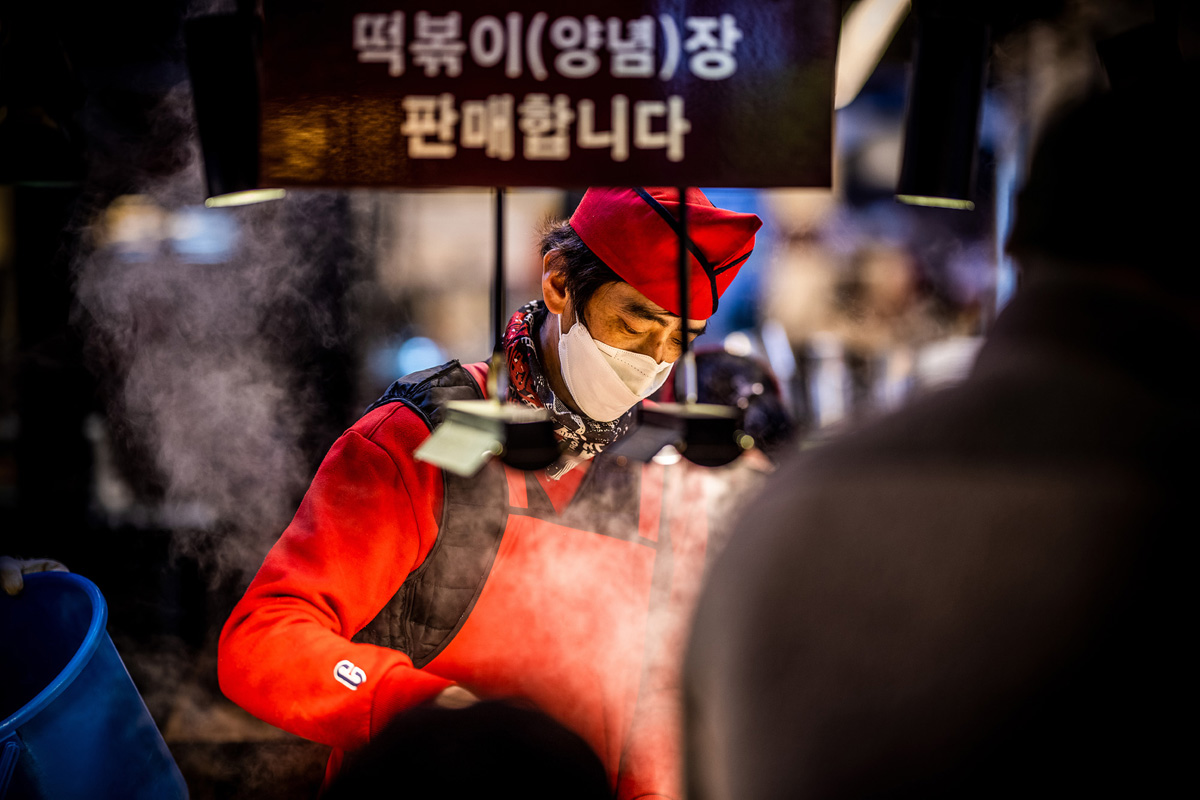
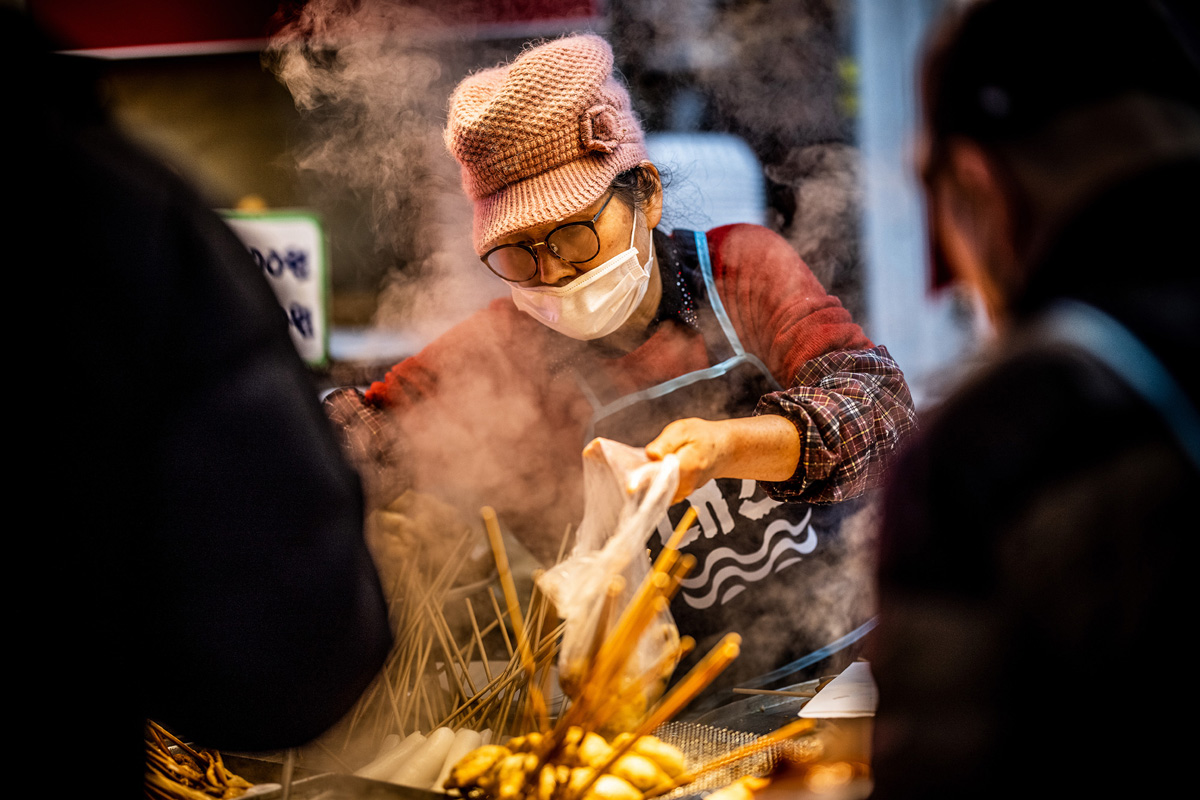
Visit a Bunker
Now, you might think visiting a bunker is a chance to explore, learn from, and potentially put to use tips for should you need to move into one yourself someday. However, Jeju Island’s Bunker de Lumieres has produced a bunker with a twist.
What better way to introduce a once-secret bunker, which housed an old submarine optical cable system of the national telecommunication network, to the public, than by transforming it into a media art exhibition hall?
Jeju’s new cultural landmark, the art gallery of light, was made to represent the colors and artistry of Jeju, through the use of immersive media art of French art history. Once you look past the once-hidden 3,000 square-meter reinforced concrete building in a mountain – and its history – colorful laser graphics of the likes of Van Gogh and his contemporaries turn the concrete surfaces into an exciting merge of history and modern technology.
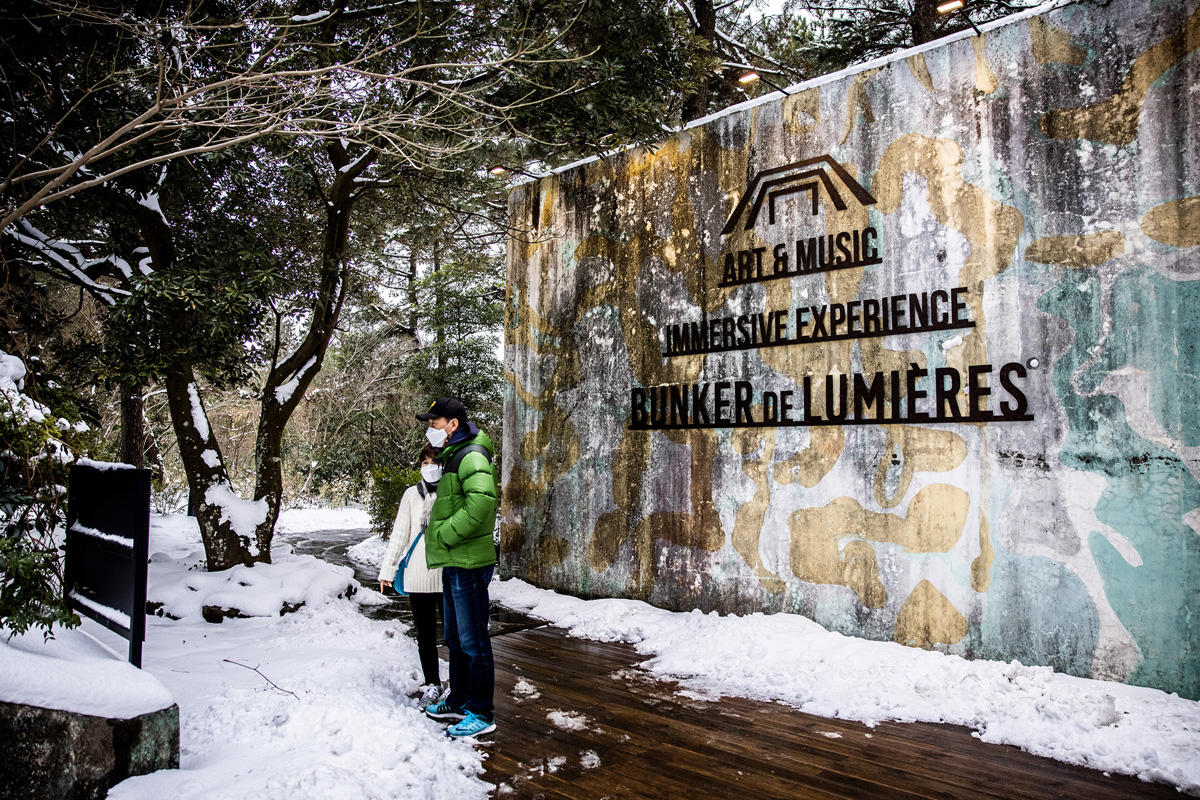
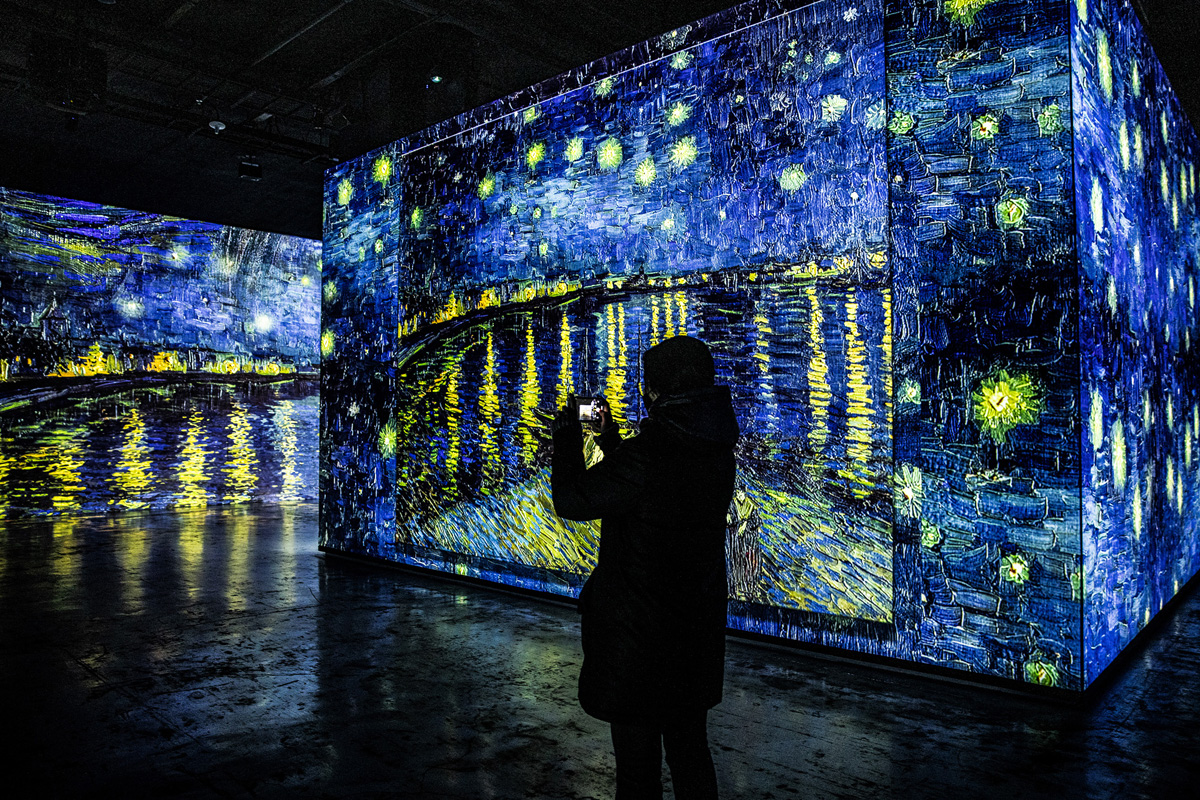
Mandarin-Picking & Tea Museums
Fields of mandarin trees don’t only coat parts of Jeju in speckles of bright orange, but represent an important symbol of the island’s economy and culture.
Jeju Island’s history always played a significant role in producing the mandarins, considering the region’s favorable climatic and edaphic conditions for growing the fruit – an oceanic climate in a warm temperature zone, ample amount of sunshine and fertile volcanic ash soil.
However, aside from the impressive and extensive history, the unique sweet-and-sour taste and scent combination of the mandarins is what has attracted the attention of people from around the globe. The citrus fruit, known exclusively as Jeju Mandarin, is in season between December and March – making it the country’s favorite winter fruit. So, if you decide to give it a try, that’s the best time to.
Also in Jeju, feed your love for tea by disappearing into green tea fields on the island. Opened in September 2001, the Osulloc Tea Museum is the first in Korea of its kind, aiming to introduce Korean tea history and its tradition. Featuring a blend of tea culture from the east and west, you can explore a variety of spaces including an indoor garden, the Tea Cup Gallery, and the spiritual Tea Stone.
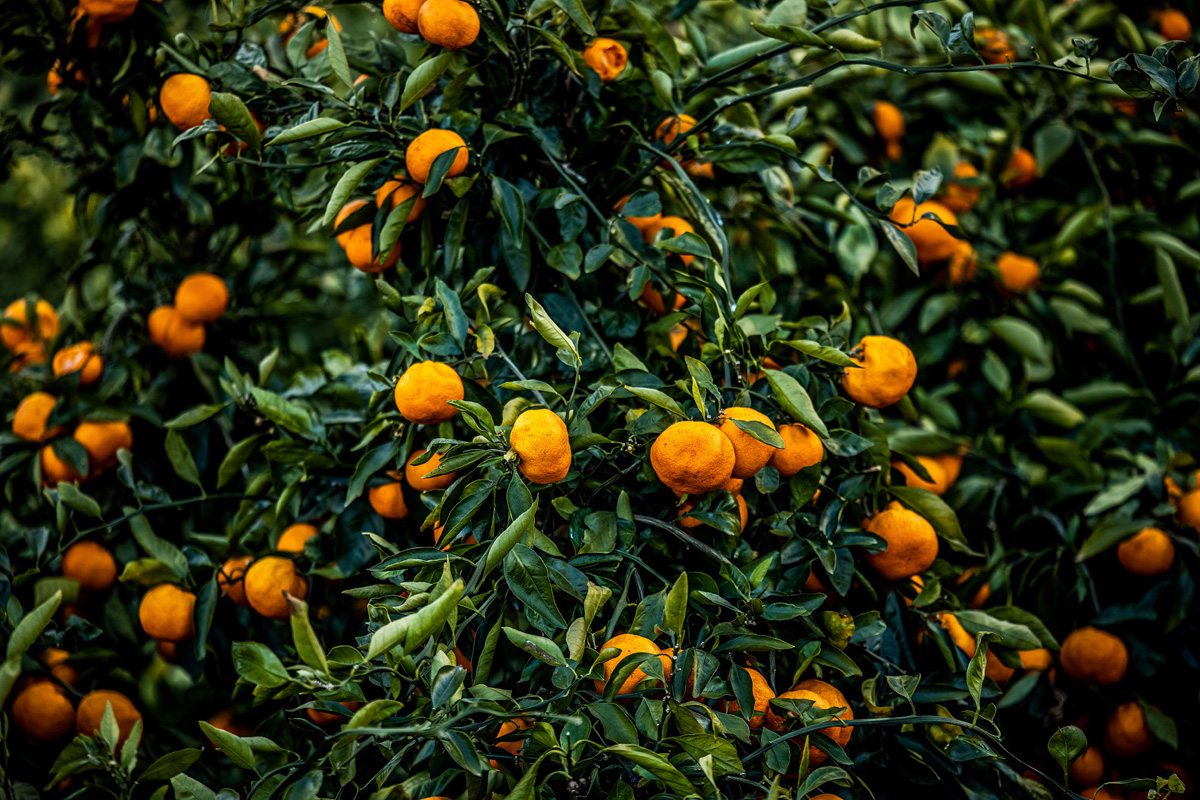
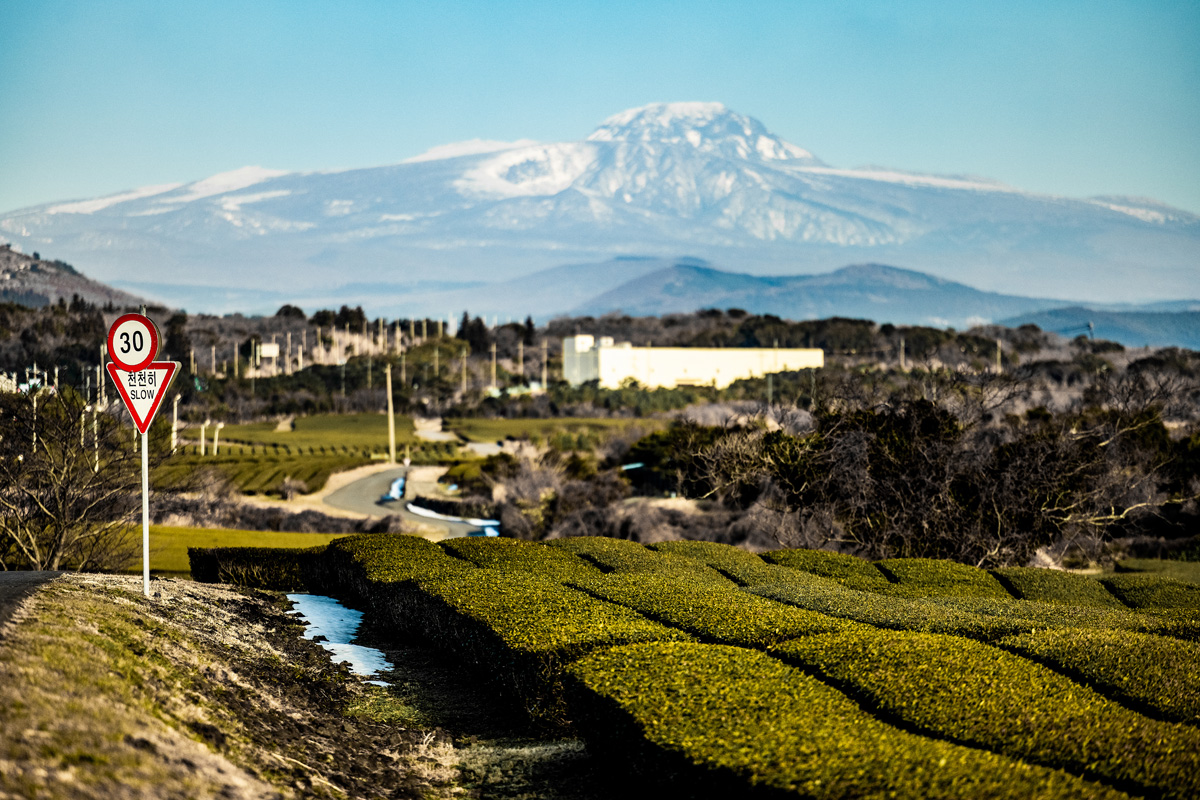
Get to Know the Haenyeo Female Divers of Jeju Island
Still in Jeju, the coast is where the Haenyeo (해녀; lit. sea women) go to work. Representing traditions dating back to 434 A.D., the female divers are celebrated as one of Jeju’s most valued treasures. Their unique contributions to Jeju’s culture and society are an exceptional approach to get to know the history of the region.
Into the Future
In contrast to its historic landmarks, South Korea is a pioneer in creating new and innovative fabrications of what we grew up seeing in movies. One of the most-loved manifestations of futuristic architecture is the capital’s Dongdaemun Design Plaza, imagined by Zaha Hadid Architects. Another brilliant example is the curvaceous, sculptural, stylish, and sensual Seocho Garak Tower East, run by solar power.
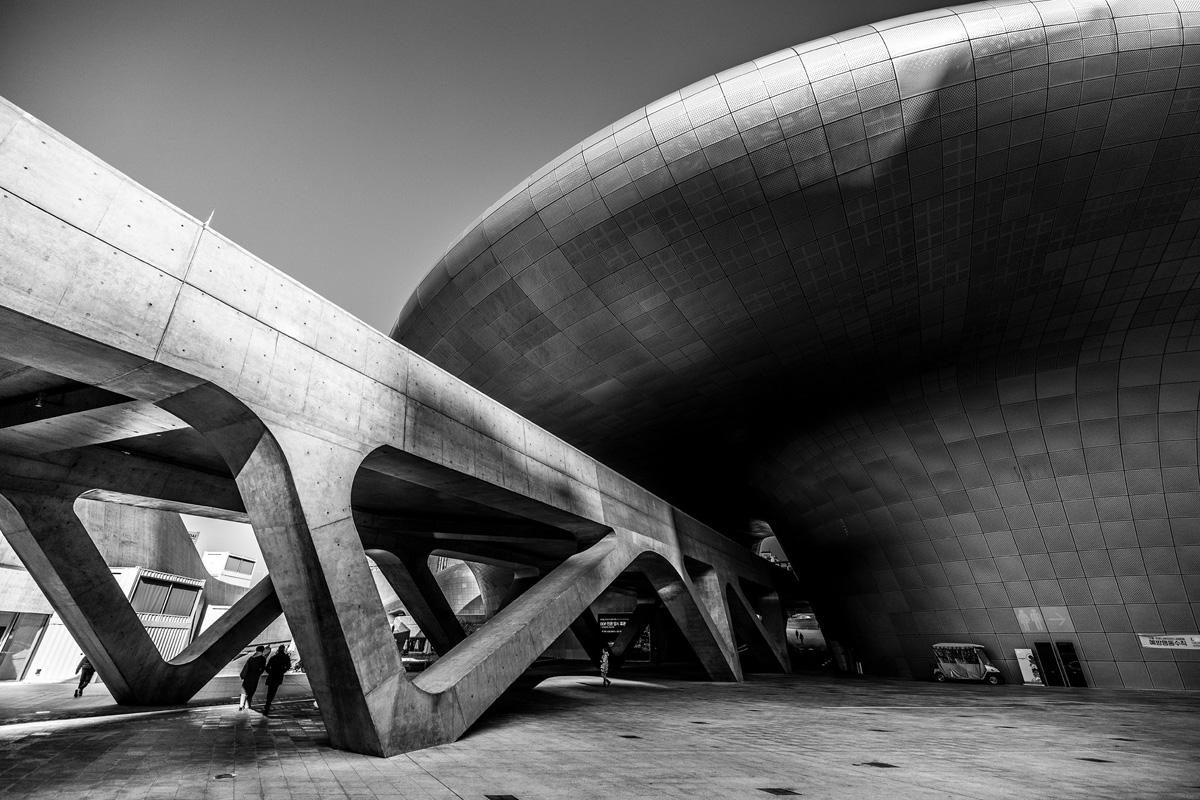
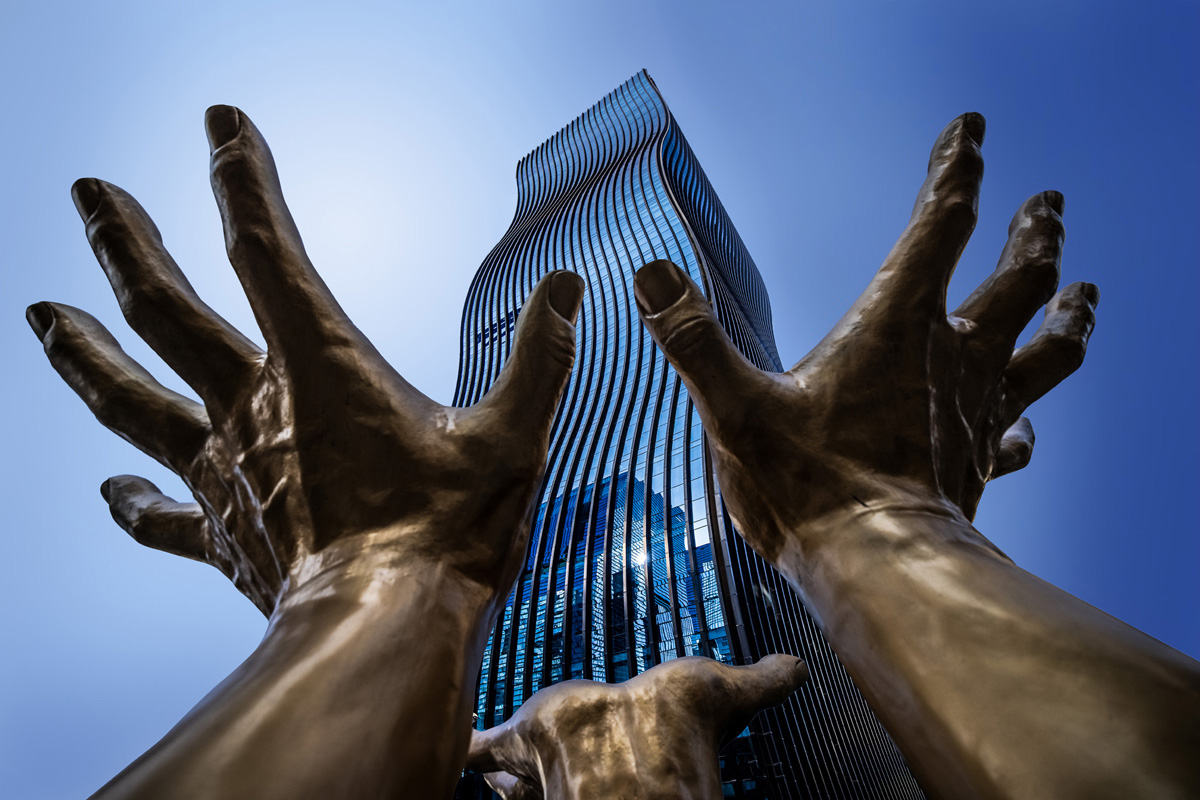
Nature, Everywhere
No matter where you are; on the coast or right in the center of a bustling city, an opportunity to escape into nature will always present itself.
Beyond the sleek skyscrapers and shopping destinations lining the streets of Seoul, you can walk into the land of trees – Seoul Forest. In the past, the forest had been a royal hunting ground for kings and even served as a military inspection facility. Today, this peaceful getaway within a city is rapidly developing into the premium city-park of Korea – like London’s Hyde Park and New York’s Central Park.
On the nature-lover’s Jeju Island, there is much to discover. One of the most popular attractions is a water-destination where the “sky connected with land.” The majestic, three-tiered Cheonjeyeon Waterfall cascades from a height of 22 metres into a deep pond of illuminated waters home to a variety of wildlife. Also a must visit is Hallasan Mountain.
Due to the country being a peninsula, it offers miles of coastal stretches, as well as an unbelievable range of natural sites – forests, mountains and even caves.
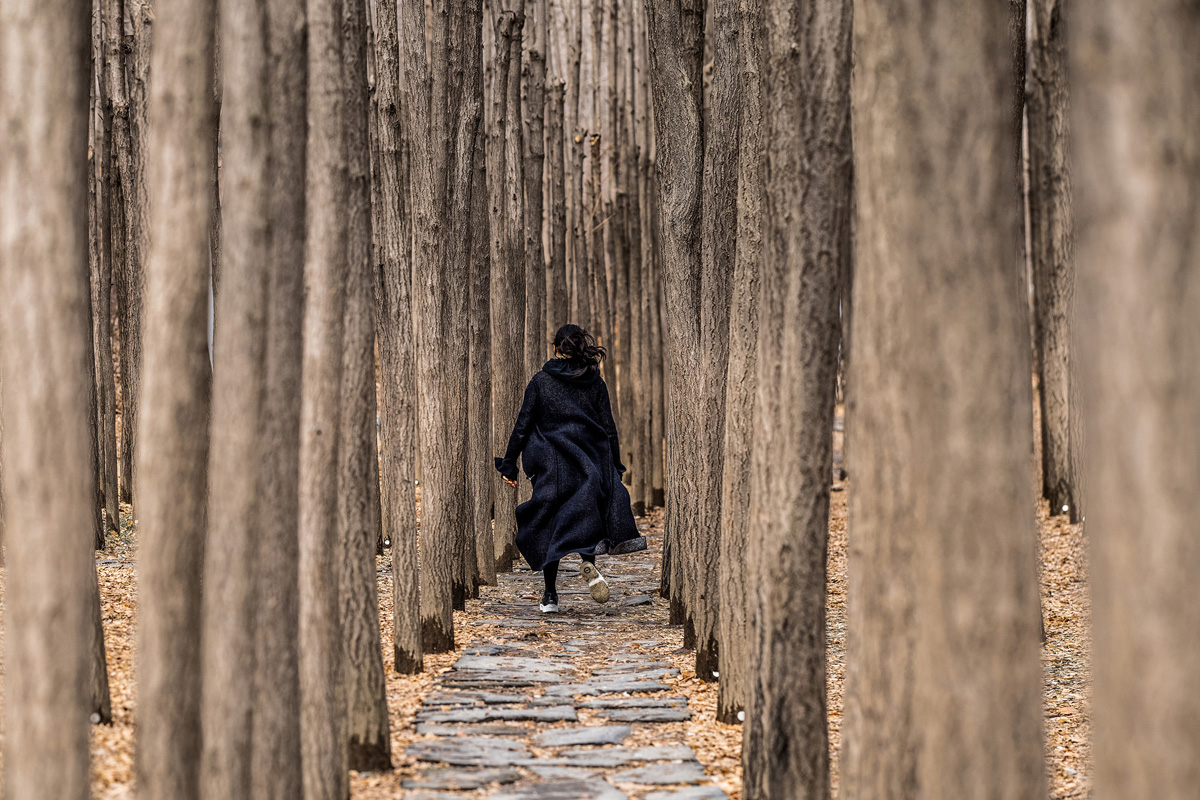
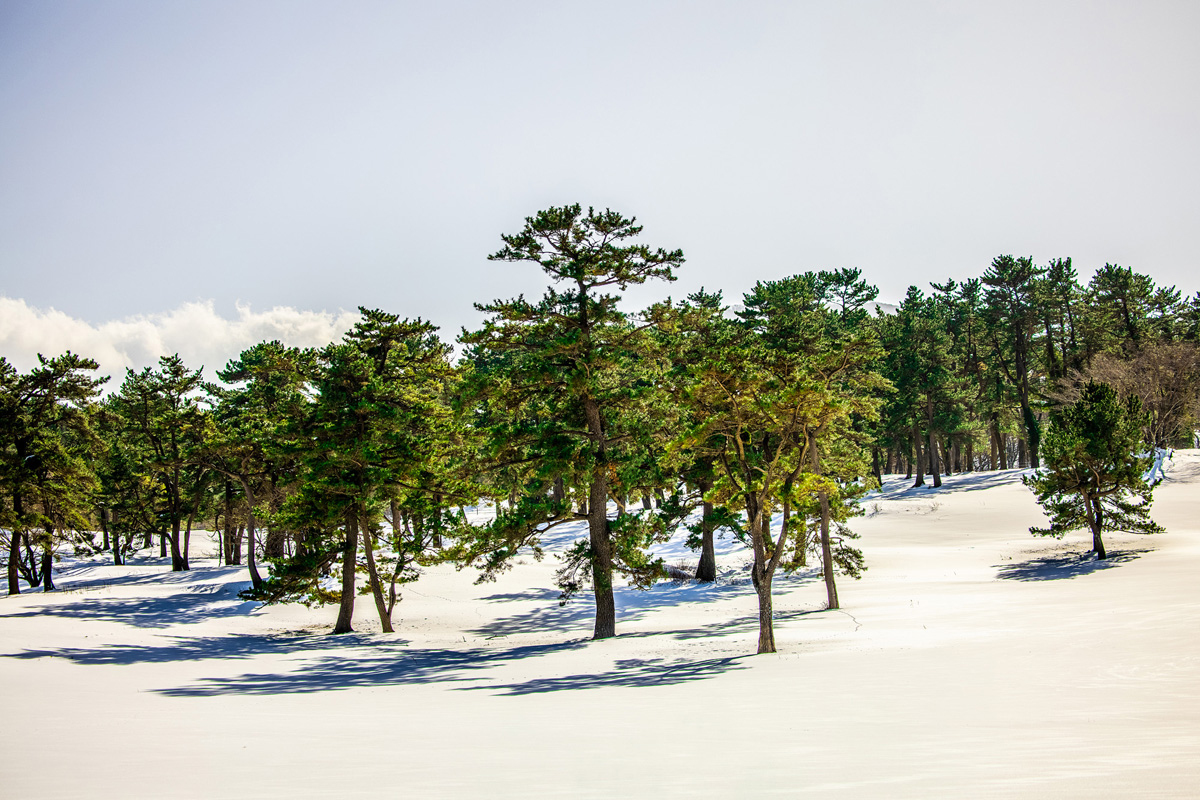
Korea is a treasure trove of natural wonders!
What do you love most about Korea? Leave your comments below…
- My Argentina Photography Adventure - March 8, 2023
- Average Cost of Wedding Photographer in Philadelphia - January 23, 2023
- 37 Questions To Ask a Wedding Photographer - January 19, 2023
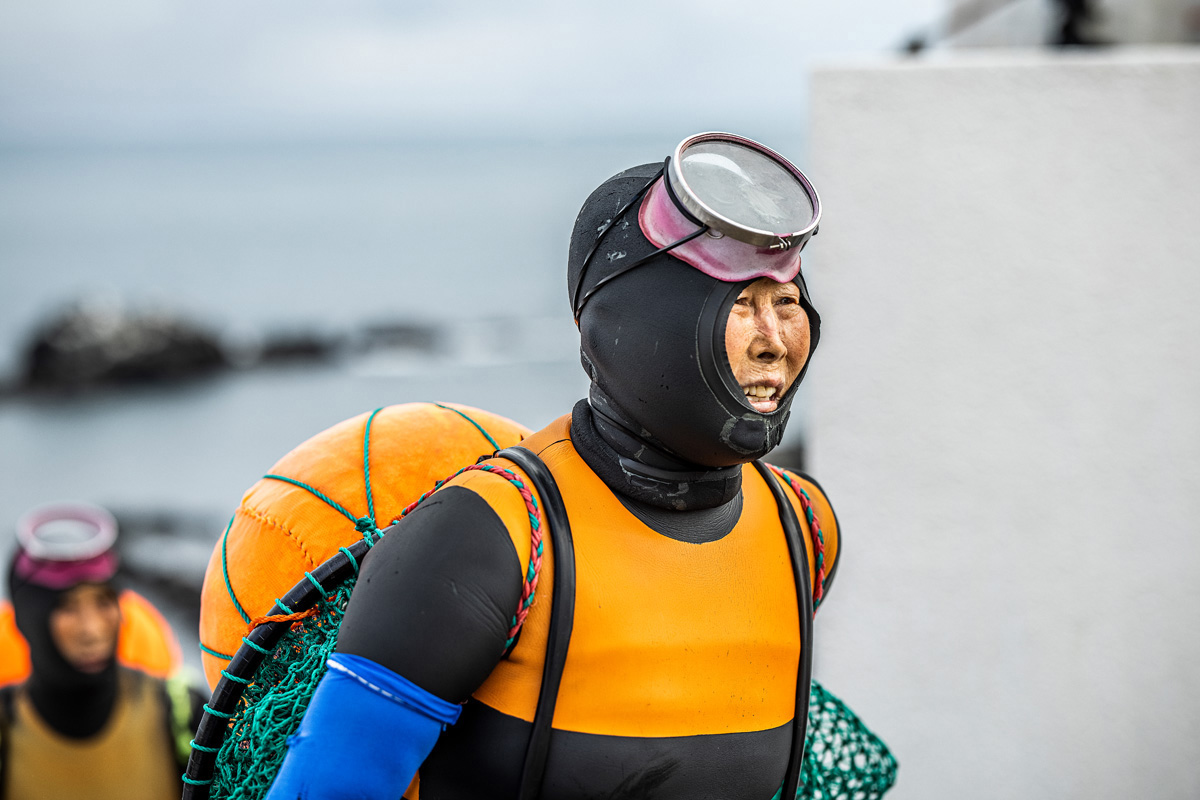
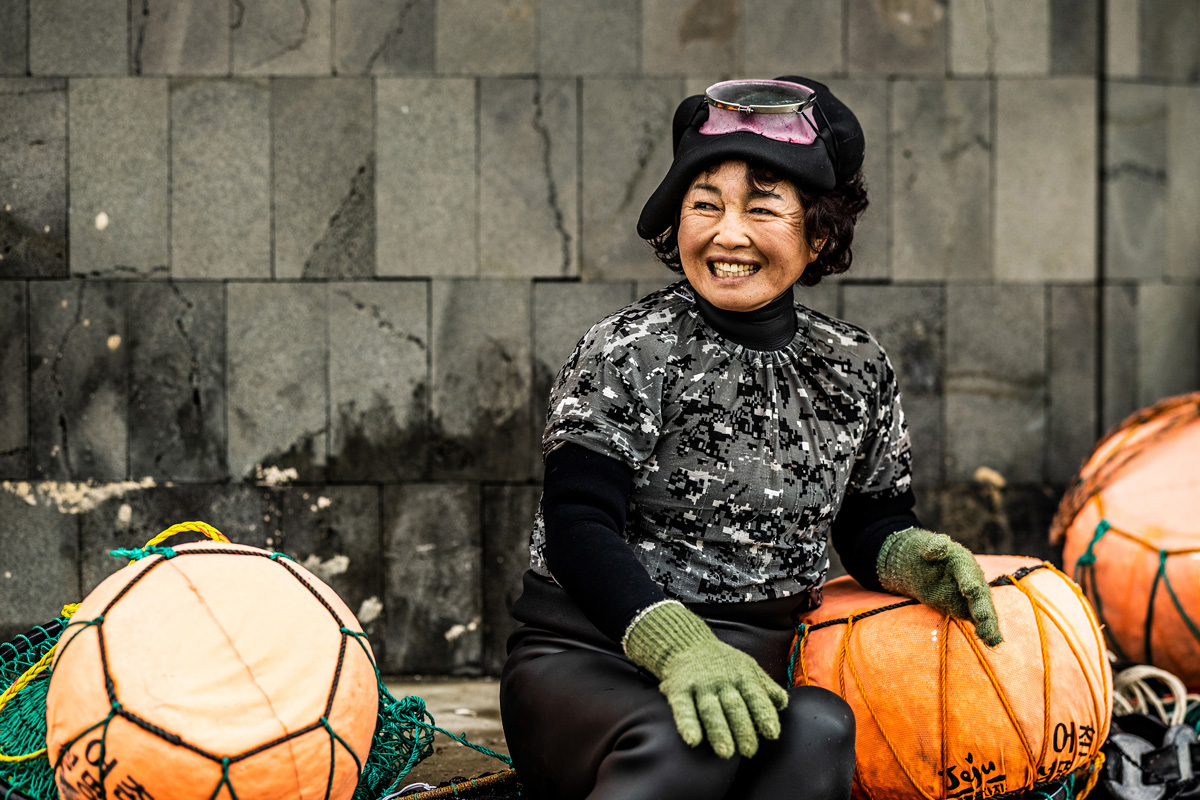
Woah. Amazing photos and what great explanations! If I had enough vacation days to quarantine on both sides of the trip I’d be there!
Thanks for the kind words Andy! Korea is filled with amazing destinations and tons of places to photograph, both urban and nature landscapes. Hope you can get some time off work from your boss to visit this year, or after the pandemic is over.
This is a great list of destination of Korea. I love your photos!
Hey HS! Absolutely no doubt here are tons of amazing places to photograph in Korea. Appreciate the kind words. All the best in 2021!
Such an interesting and informative blog! Made me want to buy a ticket and book a hotel in Seoul at once. I’d definitely start with the historical sites, then have Korean street food for lunch and visit the Bunker de Lumieres. Going to Jeju Island would also be a treat i believe. Thank you for sharing the most wonderful photos of Korea and its people. Your blog is a real joy to read.
South Korea sounds (and looks) like an incredible country full of colourful, cultural experiences unlike anywhere else in the world. I’ll surely be manifesting a trip there – and will be using this post as a checklist.
Also, absolutely in love with the photos, as always!
Amazing country! Definitely on my bucket list. Can’t afford to loose 14 days on quarantine though.
Soon enough lets hope the pandemic is on the back burner and we can all travel freely again! Really appreciate the comment 🙂
South Korea is one of the most interesting countries with a rich ancient history and an unusual original culture. Your article is even more frustrating to buy a ticket and plunge into a fascinating and not yet completely understandable world for an European. I can’t take my eyes off the beautiful photos in the delightful world of Korean traditions!
Thanks so much for the kind words about my photographs from South Korea and of course the love for their rich history and culture! Korea is an amazing place you’ll definitely want to visit when world travel opens back up!!! 📸🇰🇷🌎
Love this 😍😍😍
Thanks Jasmin! Glad you enjoyed reading about and seeing pictures of South Korea 📸🇰🇷💥.